
Photos of the Galapagos and mainland Ecuador
Ecuador is the smallest Andean nation, but good things come in small packages. Picturesque colonial towns, challenging volcanic treks, dense jungle, and traditional fishing villages are found on the mainland, while offshore the Galapagos wildlife haven beacons. Compact and teeming with biodiversity, Ecuador is an ideal introduction to South American diversity. Though many travelers understandably fixate on the Galapagos Island, spending time on the mainland offers a worthwhile peak into Ecuadorian culture. A combination of the two is the best of both worlds.
Here’s your virtual voyage of our 11 Day Galapagos and Ecuador Tour.

On your first full day in Ecuador, you’ll head to the country side. Leaving the capital and heading toward the indigenous town of Otavalo, you’ll find yourself surrounded by an Andean landscape of green valleys, traditional farms, and volcanic mountains. The area is most visited for the massive, authentic Otavalo market, packed on Saturdays and busy on all others. This is the place to buy the best made and best priced handicrafts, jewelry, and textiles. Be sure to ask your guide to explain the significance of different skirts, hats, and jewelry as each has specific significance to the local population.
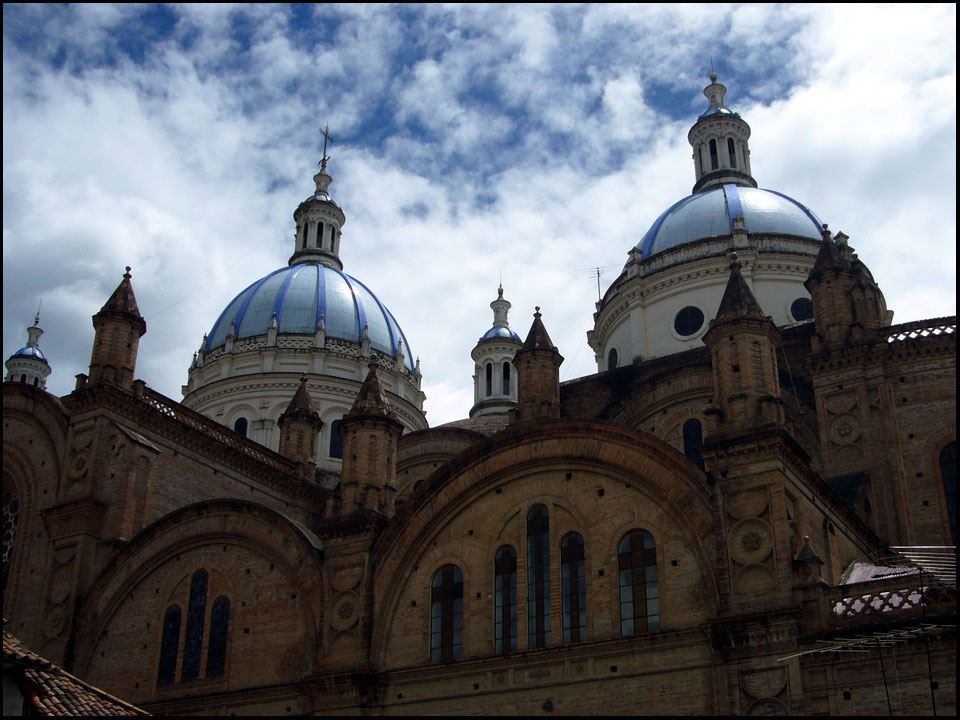
Now that you’ve experience Ecuador’s indigenous attractions, today you’ll explore its colonial charms. What was once the second largest city in the Inca Empire (after Cusco) Cuenca today is a collection of cobblestone streets, colonial architecture, and shaded plazas. This UNESCO World Heritage site is commonly called Ecuador’s most beautiful city.
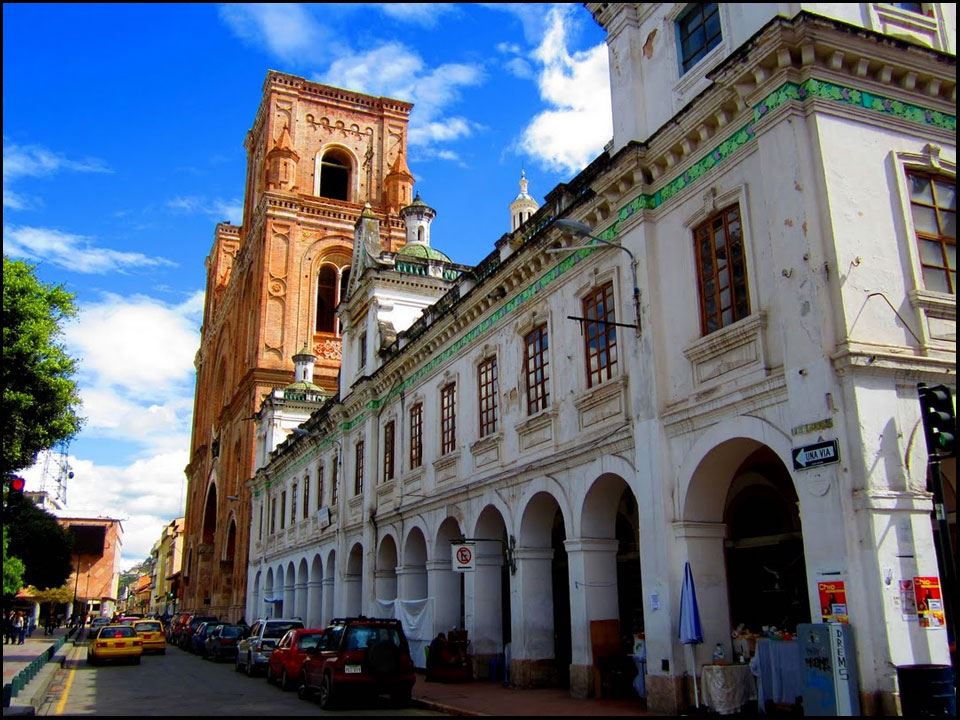
During a full day tour you’ll dive into the intriguing history and culture of this Andean city. The original occupants of Cuenca were the Cañari who called their city Guapondeleg. They lived here from 500 AD until falling to the Incas in the 1480s. The Incas renamed the city Tomebamba and built new temples upon Cañari structures. Huayna Capac, the last leader of a united Inca Empire, spent much of his time in what is now modern-day Ecuador, particularly in Tomebamba. However, only 50 years later the Spaniards conquered the Inca Empire. The Viceroy renamed the city Santa Ana de los Cuatro Ríos de Cuenca in honor of his hometown of Cuenca, Spain.
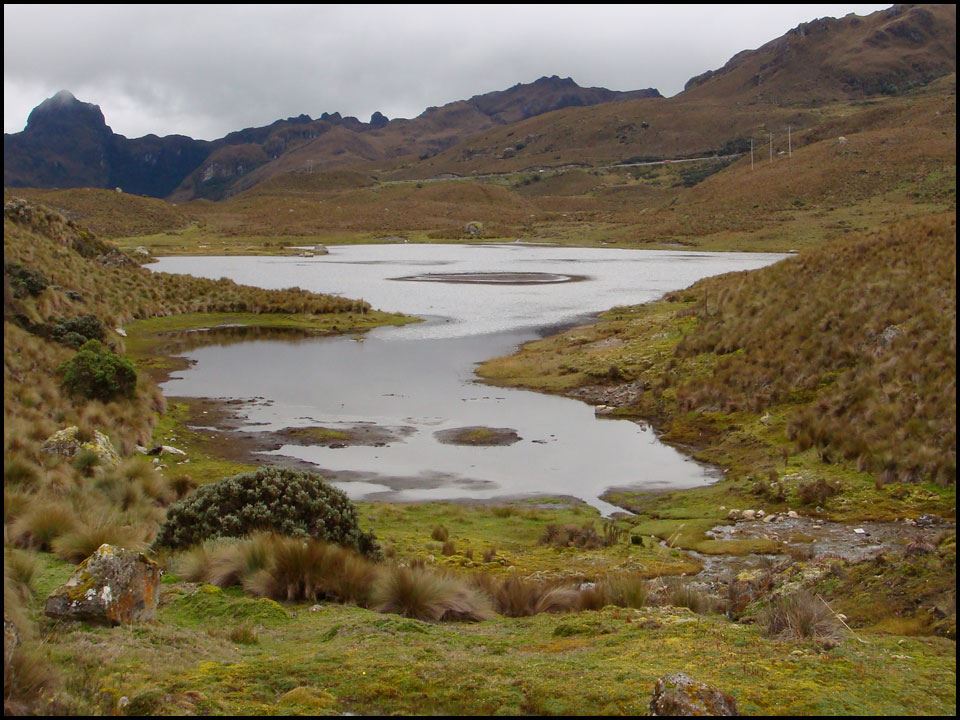
The following day discover a completely different side of Ecuador en route to Guayaquil. Cajas National Park is 71,661 acres of high-altitude Andean moorlands, called the páramo. This glacial-formed region contains an astonishing 232 lakes. Bisected by the continental divide, some of the lakes and rivers flow toward the Pacific, while others flow into the Amazon and onward through Brazil toward the Atlantic.
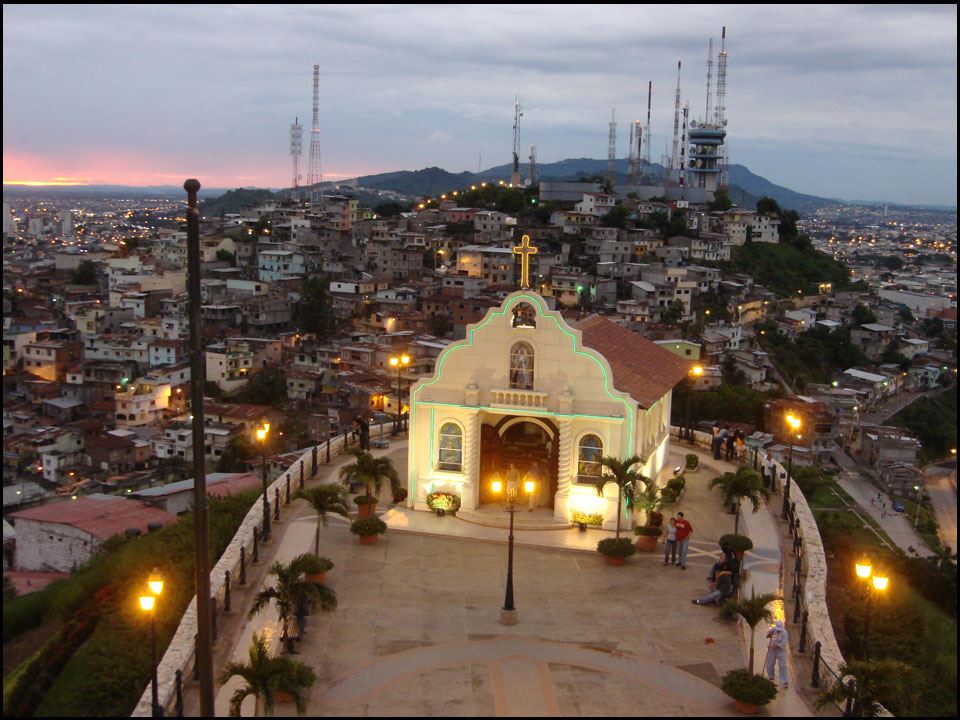
Spend the evening in Guayaquil, the country’s commercial center and largest city. Here the tropical climate is hot and humid, making evening the ideal time for a stroll. The riverfront malecon is a popular evening destination. Along with Quito, Guayaquil is a launching point for flights to the Galapagos Islands.

Fly to the Galapagos to board your Galapagos cruise ship. Choose between a larger vessel, such as the Legend or Explore II, or a smaller catamaran or yacht, such as the Cormorant or Galapagos Odyssey.

The Galapagos Islands are home to numerous endemic species, including the prehistoric-looking Galapagos land iguana. You’re likely to spend your first day in the archipelago on the island of Santa Cruz, which contains a large population of these iguanas. Their orange, brown, and sandy coloring is ideal camouflage among dry brush and dusty ground. Creep along quietly as your try to spot one before your sharp-eyed guide points one out for the group.

Spend a day in the Galapagos exploring a place like Rabida Isla. This small islet is easily identified by its red sand beaches and interior landscape of volcanic craters. Swim with baby sea lions and admire flamboyant flamingos in a murky lagoon. The brackish water provides a perfect surface for brilliant reflection and color contrast.

Many of the dazzling wildlife experiences in the Galapagos happen underwater. Secure your goggles and dive under—a whole new world welcomes you. Schools of fish swim like a scattered rainbow, morphing shape seamlessly and flashing bursts of color. Penguins dart by, transformed from waddling tuxedos to agile marine animals. Perhaps the most beautiful of all is the sea turtle, spinning and diving like an underwater ballerina.
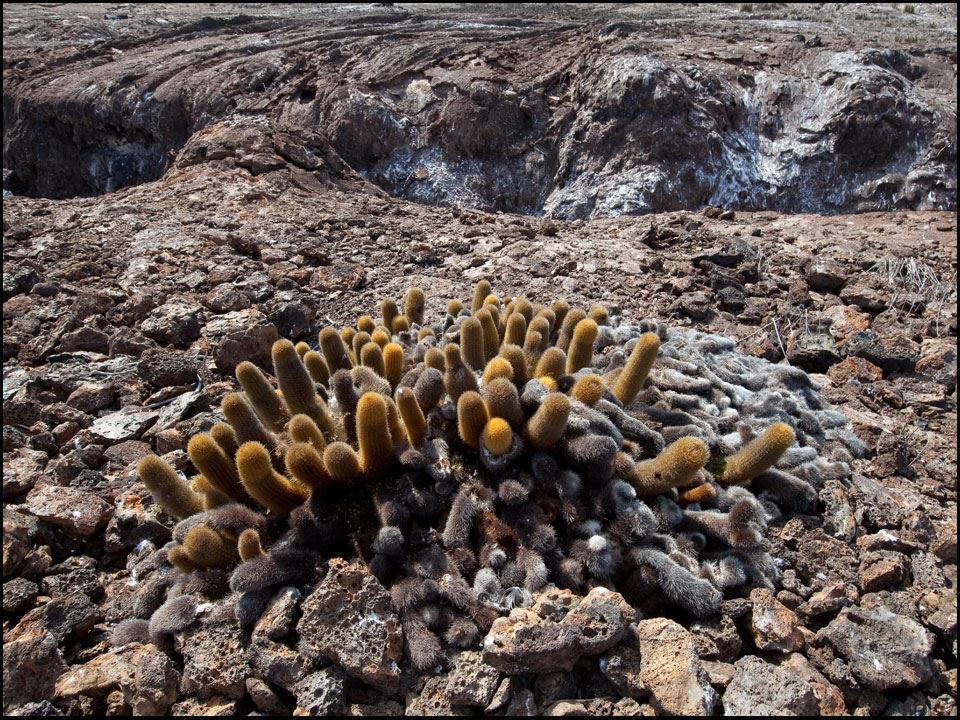
While searching for Darwin finches and marine iguanas, you can’t help but notice the surrounding scenery. Though each island is different, many are made up of volcanic rock. Sharp corners, ankle-twisting craters, and cacti resembling extraterrestrials coat the landscape.

Massive in size and diminutive in speed, the Galapagos giant tortoise is always a highlight. Several subspecies live among the islands of the Galapagos and they’re all captivating. Plodding ever so slowly through vegetation, the giant tortoise looks like a creature whisked from the dinosaur era and deposited into modern day.
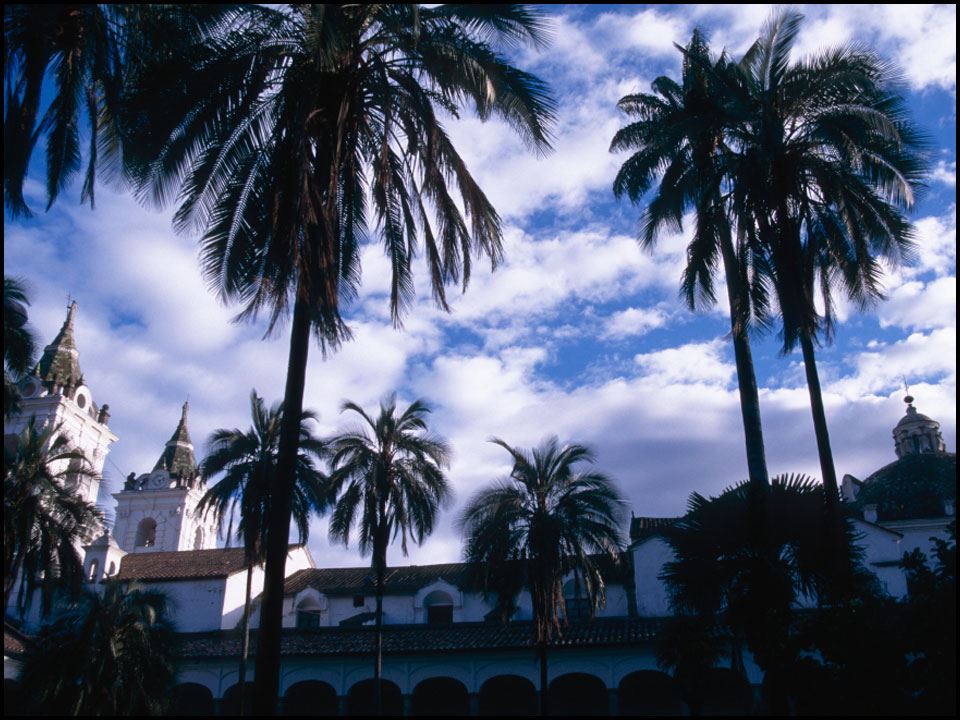
After several days admiring feathered friends and scaled creatures you say farewell to the Galapagos wildlife and return to mainland Ecuador. You’ll fly into the capital, Quito, a busy mix of big city bustle and dignified colonial grace. Wander around the historic center where whitewashed buildings surround plazas decorated with palm trees. Unless you’re heading onto the Amazon, this will be your last afternoon in Ecuador.
Have we convinced you yet? Speak to a Destination Expert about curating a tailor made Galapagos and Ecuador itinerary just for you, or check out our most popular Galapagos & Ecuador tours here.
Photo credits: Dogymho, Theodore Scott, Ramblurr, NYC-MetroCard, David Berkowitz, alh1, Sophs74, Foreign and Commonwealth Office